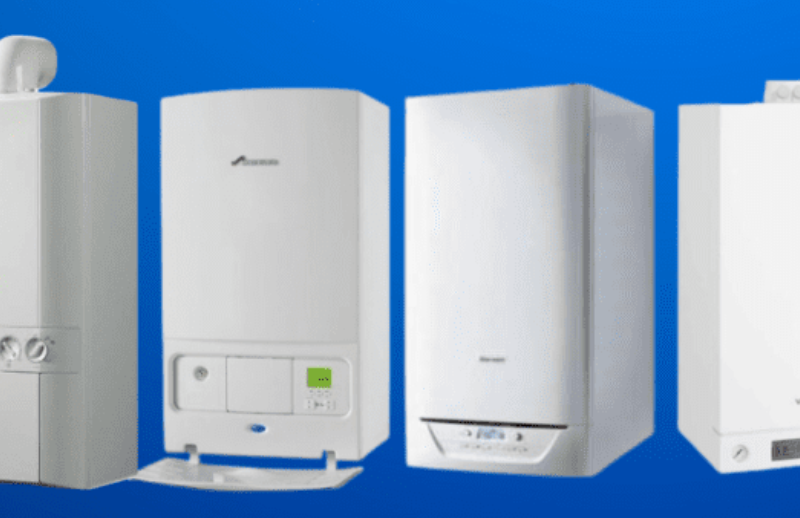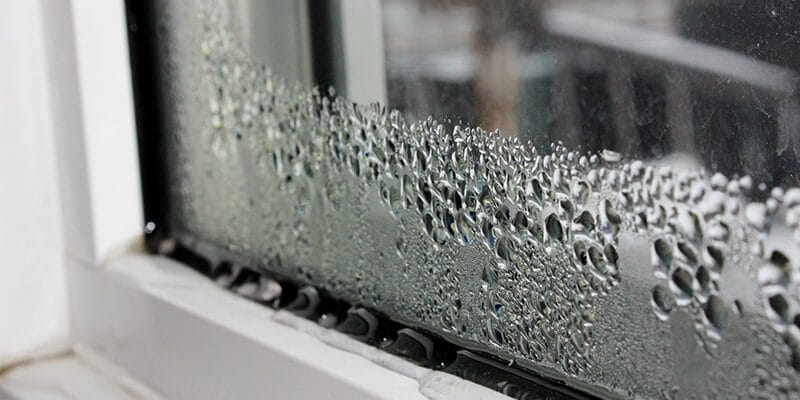Want to cut your home heating bills by 30–60% without sacrificing comfort? This step-by-step guide shows how to do it right—with smart upgrades that pay for themselves in just months or a few years.
Why Heating Bills Stay High (Even with a Modern System)
Many homeowners think installing a new furnace or boiler is the key to lower bills. But without sealing heat leaks, improving insulation, and ensuring healthy airflow, even the best propane system will burn more fuel than necessary.
So how do you break the cycle of overspending every winter?
Step-by-Step Guide to a Truly Efficient Heating Setup
Step 1: Start With a Home Energy Assessment (Low Cost, Big Impact)
- What it is: A professional audit that checks your home for air leaks, poor insulation, and inefficiencies.
- What it costs: $150–$500 (or free through some utility programs)
- Return on investment: Up to 30% energy savings per year from identified fixes.
- Tip: Look for local programs offering free HERS Index ratings or blower door tests.
Step 2: Seal the Envelope — Insulate First, Not Last
| Area | Upgrade Cost Range | Typical Payback Period | Annual Savings |
|---|---|---|---|
| Attic Insulation (R49+) | $1,500–2,500 | 2–3 years | $300–500 |
| Wall Insulation (dense-pack or spray foam) | $2,000–4,000 | 3–5 years | $200–400 |
| Crawlspace or Basement | $1,000–2,000 | 2–4 years | $100–300 |
| Air Sealing (windows, doors, ducts) | $500–1,000 | 1–2 years | $150–300 |
Key takeaway: Before buying a new furnace or boiler, keep the heat inside the house.
Step 3: Install a Heat Recovery Ventilator (HRV/ERV)
- What it does: Brings in fresh air and removes stale air without losing heat.
- Best for: Tightly insulated homes or homes with radiant/boiler heating (no ducted air).
- Cost: $2,500–5,000 installed
- Payback: 5–7 years, faster if allergies or indoor air quality are a concern.
- Bonus: Reduces condensation, mold risk, and CO₂ levels in the home.
Heat Recovery Ventilation (HRV), also known as Mechanical Ventilation Heat Recovery (MVHR), is a ventilation system that recovers energy from exhausted air to preheat or precool incoming fresh air, reducing heating and cooling demands in buildings. It works by transferring heat from the outgoing air to the incoming air using a heat exchanger, without the two air streams mixing.
Step 4: Optimize or Replace Your Heating System
Once the home is sealed and ventilated:
| Scenario | Smart System Upgrade | Why It Pays Off |
|---|---|---|
| Existing ductwork, >1,500 sq ft | High-efficiency propane furnace (95%+) | Fast heat, supports AC |
| No ductwork, comfort focus | Propane boiler with radiant floor or radiators | Superior comfort, quiet, clean air |
| Small, efficient home | Combi boiler (heating + hot water) | Compact, efficient, dual function |
- Expected lifespan: 15–25 years
- Fuel savings: 20–40% vs standard units
Step 5: Use Smart Thermostats and Zoning
- Install programmable or smart thermostats (e.g., Ecobee, Nest)
- Set zones if using a boiler or ductless system
- Savings: Up to 10–15% more efficiency per year
- Cost: $200–600 depending on complexity
Bonus Tips for Faster Payback
- Switch to propane water heating (tankless or combi units)
- Schedule annual maintenance to keep systems running efficiently
- Take advantage of tax credits and rebates for insulation, HRV systems, and ENERGY STAR heating appliances
- Check for leak-free propane tanks and regulators
What’s the Payoff?
| Upgrade | Initial Cost | Estimated Payback | 10-Year Net Savings |
|---|---|---|---|
| Full insulation upgrade | $4,000–7,000 | 2–4 years | $7,000–15,000 |
| HRV system | $3,000–5,000 | 5–7 years | $2,000–5,000 |
| High-efficiency propane boiler | $5,000–8,000 | 4–6 years | $4,000–10,000 |
| Smart thermostats | $250–600 | 1–2 years | $1,500+ |
Total potential savings over 10 years: $15,000–30,000 depending on home size and local climate.
Conclusion: Don’t Just Heat Better — Heat Smarter
Lowering heating bills isn’t about buying the most expensive system. It’s about treating your home as a complete energy system—from the attic to the basement.
By following this guide, you’ll heat your home for less, stay more comfortable, and protect your health—and every dollar you spend will work smarter, not harder.


